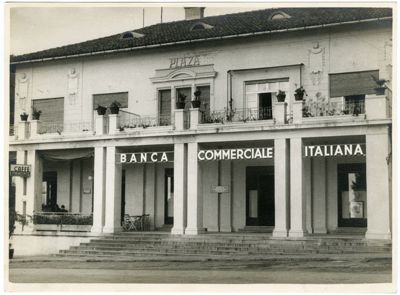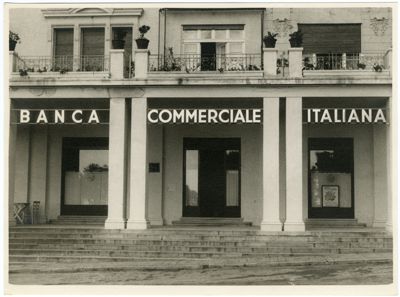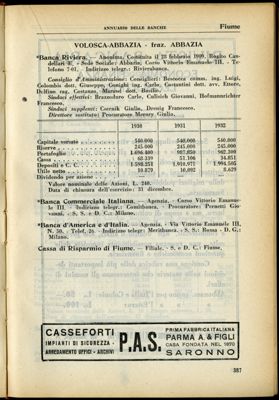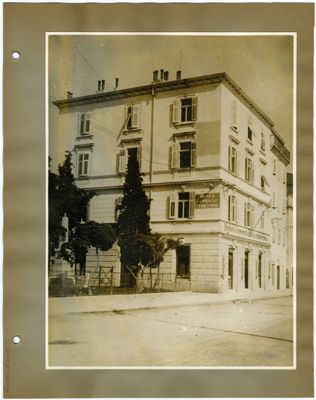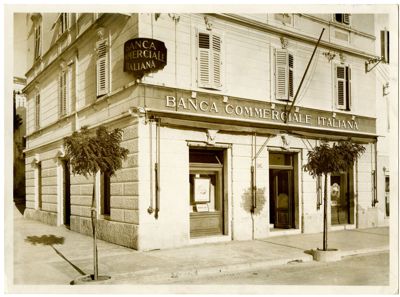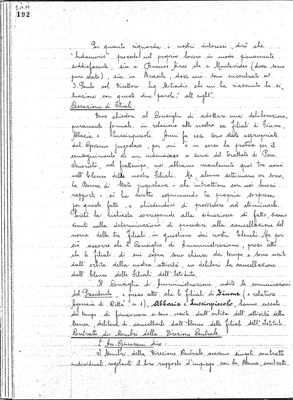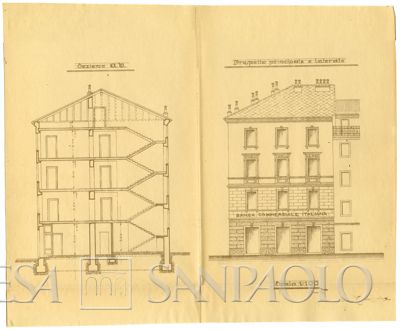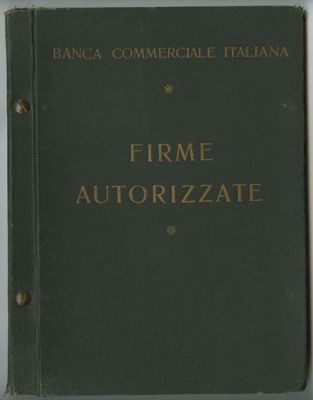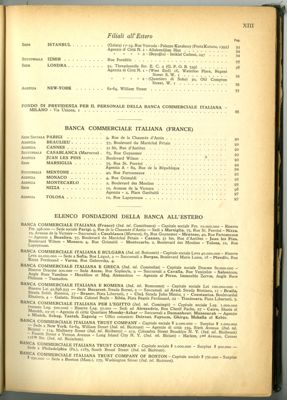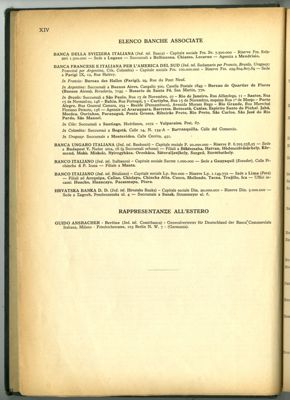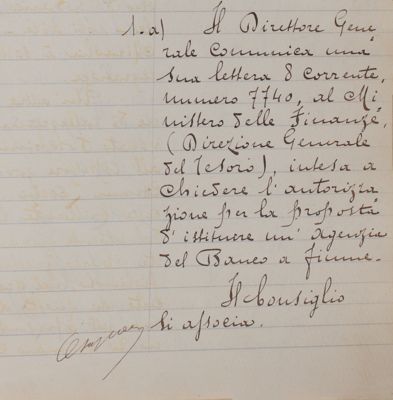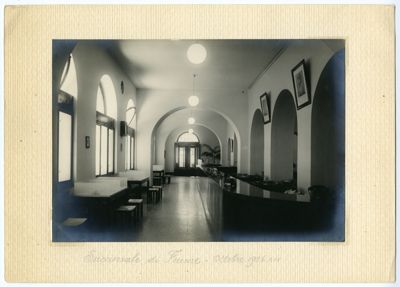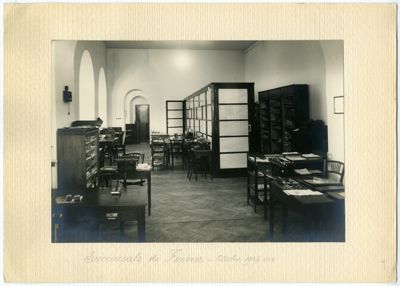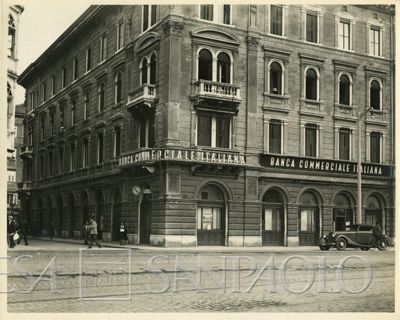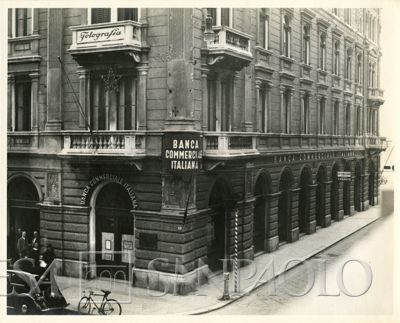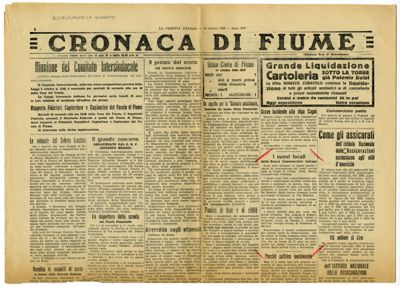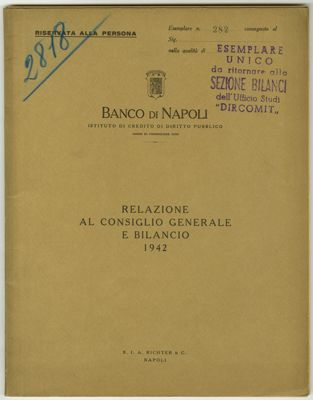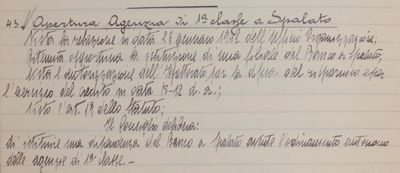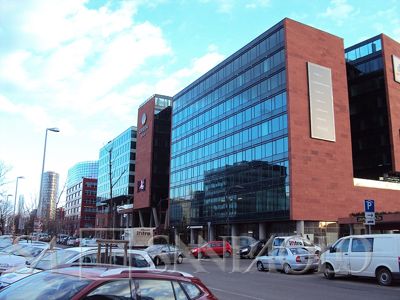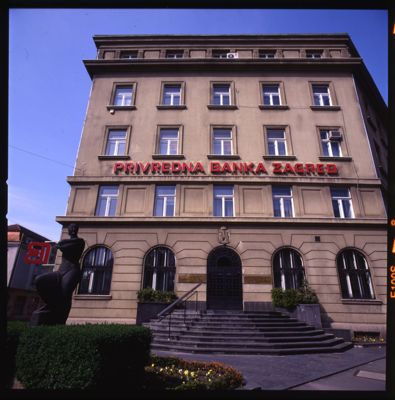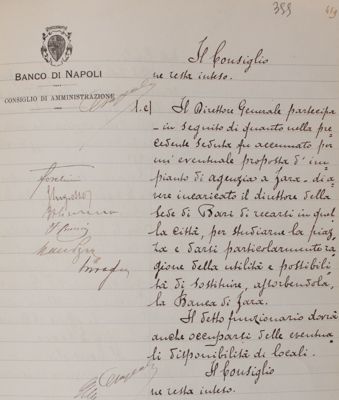| description |
TIMELINE
1921: Banco di Napoli (BN) branch opened in Zara (Zadar).
1924: BN and Banca Commerciale Italiana (BCI) branches opened in Fiume (later Rijeka).
1927: Stake in Hrvatska Banka (Zagreb) acquired by BCI.
1932: BCI branches opened in Abbazia (Opatija) and Lussinpiccolo (Mali Loinj).
1942: BN branch opened in Spalato (Split).
2000: Stake in Privredna banka Zagreb acquired by BCI.
Following World War I, in an attempt to take the place of the former Austro-German banking system, Italian banks sought to establish themselves in the area now including the Friuli-Venezia Giulia region, Istria and Dalmatia, which at the time had been partitioned to Italy. Banca d'Italia arrived in Pola (Pula) in 1919, Zara (Zadar) in 1920 and Fiume (later Rijeka) in 1921. Banco di Napoli (BN) inaugurated its own agency in Zara (Zadar) in the same year, initially reporting to the Ancona branch but later transformed into an independent branch.
In the meantime, the occupation of Fiume by Gabriele D'Annunzio's "legions" in September 1919 had generated a situation of great instability. Relations between Italy and Yugoslavia were normalized following the signing of the Treaty of Rapallo in November 1920 (D'Annunzio and his troops left Fiume the following January) and the Treaty of Rome in January 1924, which transformed Fiume from a free territory into an Italian city. In that same year BN opened a branch there; Banca Commerciale Italiana (BCI) followed suit, setting up an independent branch in the Croatian city after three years of groundwork. BCI's branch was very active from the start, financing a range of new businesses including naval yards, shipping companies, petrochemical industries and trade companies. In the first few months of 1932 the Fiume branch was joined by two other branches that reported to it, one in Abbazia (Opatija) and another in Lussinpiccolo (Mali Loinj), a port of call between Pola (Pula) and Zara (Zadar).
Towards the end of 1927 BCI acquired a majority stake in a small Zagreb-based banking institution, Hrvatska Banka (meaning "Croatian bank"), which set up a branch in Belgrade in 1943. Between 1941 and 1942 BCI also attempted to open a branch in Spalato (Split), but it never actually became operational. In 1943, with the fall of the fascist regime in Italy and the dramatic turnaround in the war, BCI's remaining branches and affiliates lost contact with their parent company; after 1945 they would be nationalized.
BN's Fiume (Rijeka) and Spalato (Split) branches were also closed in 1945. From the time of its founding in 1942, the latter had constantly been impacted by local problems: in September of that year, just a few months after the branch was inaugurated, its employees and five other individuals who had retreated there from the Mostar and Ragusa agencies found themselves trapped by the German occupiers and Yugoslav Partisans. They finally managed to get home in December; after hearing their recountal of the episode, BN's Central Management made a decision to close the branch.
BCI returned to Croatia in 2000, acquiring a stake in Privredna banka Zagreb that would later be transferred to Banca Intesa and subsequently to Intesa Sanpaolo. |
